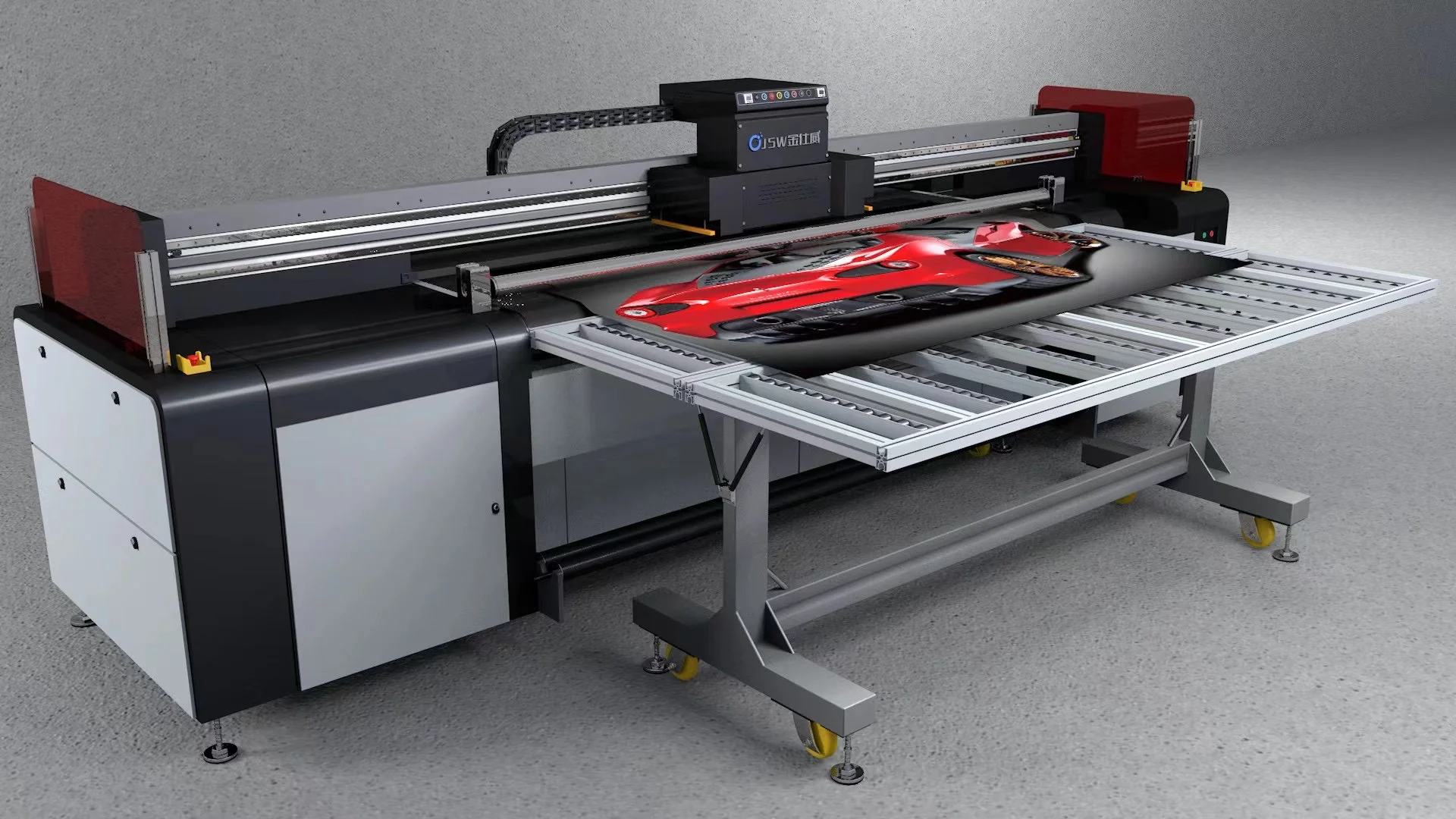- This topic is empty.
-
AuthorPosts
-
In today's ever-evolving digital age, the demand for versatile and efficient printing solutions is on the rise. Hybrid printers have emerged as the perfect answer to this growing need. Combining the best features of both digital and offset printing, hybrid printers offer a wide range of benefits, including increased productivity, exceptional print quality, and the ability to handle a variety of materials. In this blog, we will explore the concept of hybrid printing, its advantages, and how it has become the ideal solution for versatile and efficient printing.
Understanding Hybrid Printing
a. The Fusion of Digital and Offset Printing:
Hybrid printing is a revolutionary technology that combines the best features of digital and offset printing. It brings together the speed, flexibility, and cost-effectiveness of digital printing with the exceptional print quality, color accuracy, and substrate versatility of offset printing. Hybrid printers utilize both technologies simultaneously, allowing for the optimal utilization of each printing method based on the specific requirements of the job.
b. How Hybrid Printers Work:
Hybrid printers feature a combination of digital inkjet printing heads and offset printing units within a single machine. This integration enables simultaneous printing processes, with digital heads handling variable data or shorter print runs, while offset units handle larger volumes or special finishes. The hybrid printer can seamlessly switch between the two technologies, offering maximum efficiency and versatility.

Advantages of Hybrid Printers
a. Versatility in Materials:
One of the primary advantages of hybrid printers is their ability to print on a wide range of materials. Whether it's paper, cardboard, plastics, or even metallic substrates, hybrid printers can handle them all. This versatility opens up new possibilities for various industries, including packaging, labels, promotional materials, and more.
b. Enhanced Productivity:
Hybrid printers significantly improve productivity by combining the strengths of digital and offset printing. For shorter print runs or personalized printing, the digital component allows for quick setup, minimal waste, and high-speed production. For larger volumes, the offset component handles the task efficiently. This seamless integration results in faster turnaround times and increased overall productivity.
c. Exceptional Print Quality:
Hybrid printers deliver exceptional print quality that rivals traditional offset printing. The combination of digital inkjet technology and precise offset printing ensures sharp details, vibrant colors, and accurate color matching. This level of print quality makes hybrid printers suitable for applications that demand the highest standards, such as high-end marketing materials, packaging prototypes, and premium publications.
d. Cost-Effective Printing:
Hybrid printing offers cost-effective solutions for businesses. The digital component eliminates the need for costly plates and setup, making it ideal for short print runs or customized projects. The offset component handles larger volumes efficiently, optimizing production costs. By utilizing the strengths of both technologies, hybrid printers help businesses achieve a balance between cost-effectiveness and exceptional print quality.

Applications of Hybrid Printing
a. Packaging and Labels:
Hybrid printers are particularly well-suited for the packaging and labeling industry. They can handle a variety of packaging materials, including cardboard, carton board, and flexible packaging. The ability to print variable data and personalized information on packaging and labels allows for targeted marketing and customization.
b. Promotional Materials:
From brochures and flyers to posters and banners, hybrid printers excel at producing promotional materials. The combination of high-quality print output and efficient production enables businesses to create eye-catching marketing collateral that effectively showcases their brand and message.
c. Publishing and Books:
Hybrid printers offer a cost-effective solution for book printing, especially when dealing with smaller print runs or on-demand printing. The exceptional print quality and the ability to handle various paper stocks make hybrid printers an excellent choice for publishers and self-publishing authors.
d. Direct Mail and Variable Data Printing:
In the era of personalized marketing, hybrid printers play a vital role in direct mail campaigns and variable data printing. The digital component of hybrid printers allows for the seamless integration of personalized information, such as names, addresses, or customized images, into printed materials, resulting in highly targeted and impactful marketing communications.

Conclusion
Hybrid printers have become the go-to solution for versatile and efficient printing in today's dynamic business environment. By combining the strengths of digital and offset printing, these printers offer exceptional print quality, versatility in materials, enhanced productivity, and cost-effective solutions. Whether it's packaging, labels, promotional materials, or publishing, hybrid printers provide businesses with the flexibility and capabilities they need to meet the demands of the market. Embracing hybrid printing technology is a strategic decision that positions businesses at the forefront of the printing industry, enabling them to deliver outstanding results and stay ahead of the competition.
Orinjet Digital Technology is committed to providing cutting-edge DTF printers solutions that meet the diverse requirements of modern printing. With our advanced DTF printers, customers can unlock new possibilities and elevate their printing capabilities to unprecedented levels.
http://www.orinjet.com
Shanghai Orinjet Digital Technology Co., Ltd. -
AuthorPosts